The Disadvantage of Concrete Tank
1. Installation: A concrete storage tank is more complex to install, for it is too heavy to pick up, so it would
need both crane and workers during installation. Under such a situation, the manpower cost would be more expensive. While our underground tank is made of 100% recyclable PP which is a high strength plastic material, light enough to pick up by hand and also installed by workers in a very short time. Saving you time and effort.
2. Leaching: Leaching can occur in concrete storage tanks. This is because concrete is porous and is made with calcium carbonate. If the water in the tank is acidic, it will leach the calcium from the concrete into the water. This results in hard water. Another disadvantage of porous concrete is that the pores provide bacteria with a place to grab a foothold and grow. As we know, PP is a very stable material, it will not react with acidity or alkalinity underground. What’s more, PP material is non-porous, which means they won’t leach chemicals into the water, and provide no spaces for bacteria growth.
3. Serve Life: Due to reasons above, concrete tank could be eventually broke, then how can we repair this? I believe the most effective way is to replace it with an entirely new one. In this case, triple or quadruple costs are spending. While underground tank can reach 40 years of serve life and even more to reusable at the end of their serve life.
4. Function: Concrete storage tank can only functioned as water storage tank, while underground tank can be functioned as soakaway crates and water storage tank differed by assembly method and matching material.


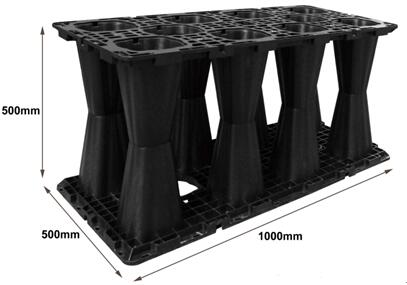



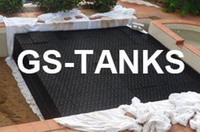
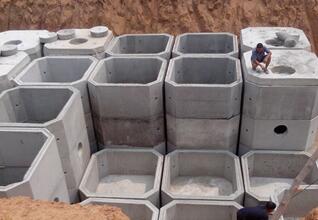
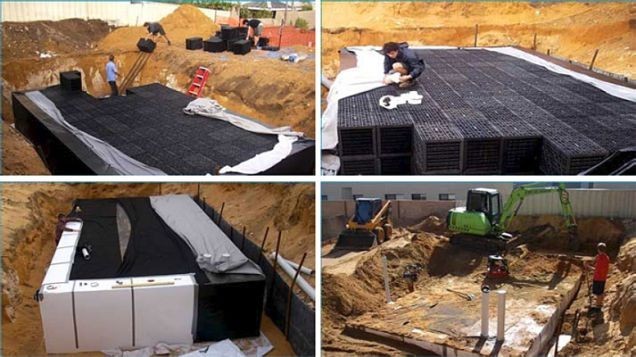
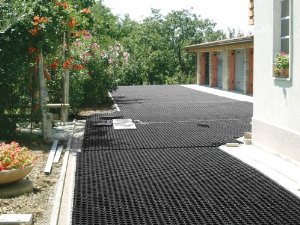
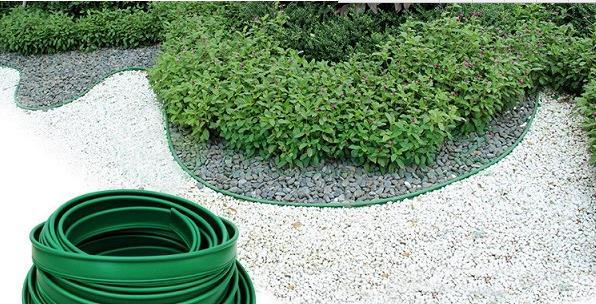
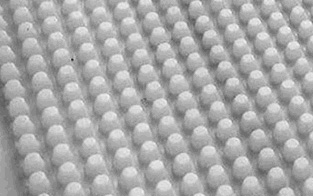



Its absolutely alternative to concrete tanks, we adopted this system through ATLANTIS and later
in Indian manufacturers.
Their is great future to this line in RWH & SWS, STP etc. etc.
Can you offer best prices in PP or CPPP recycle on container load by Weight cost
Meanwhile send full product details & approvals / certification to move further.